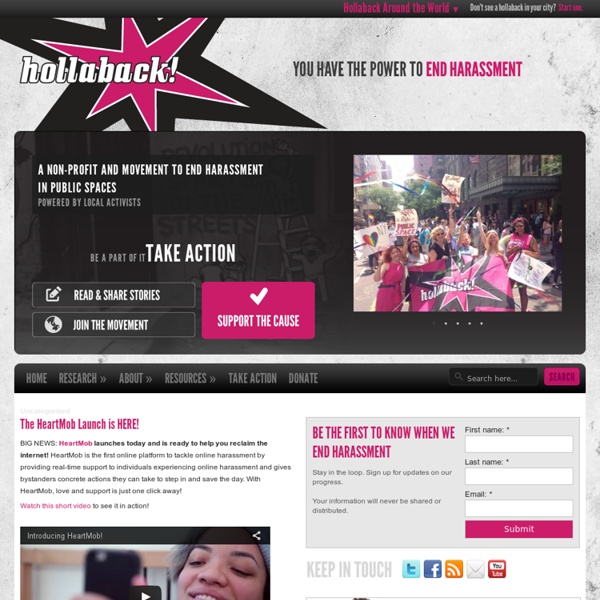



Hello Ladies | News and information for smart, busy women SPARK a Movement Radiotopia MOMocrats™ It all started with a smart, heated post cross-posted to the MOMocrats from Advocates for Youth (AFY), lambasting the Obama administration and the Secretary of Health and Human Services’ decision to override the FDA’s recommendation to offer Plan B as an over-the-counter drug. Plan B, of course, is known as the “day-after” pill, preventing the implantation of a fertilized egg in the womb, much as can happen randomly in any woman’s cycle without influence by any medicines. In backchannel emails, we each weighed in. Glennia: I'm all done making excuses for Obama. I can't even begin to describe my disappointment with Sebelius right now. ...I would have written something, but Kate said it all [in the Plan B post on MOMocrats], as far as I'm concerned. Julie: This is a lot of how I feel too. But then again, I'm the one who kept saying he was a lot more conservative than gossip had him. Still this stunned me. I'm not giving money to Obama or fundraising for him this time. Or I'm a big sucker.
Osez le féminisme ! Library Solutions Leading, Learning and Linking Through conversations with hundreds of librarians about Linked Data in Libraries and the purpose and promise of BIBFRAME, we at Zepheira have heard three key themes: Awareness and EducationAssessment and Planning (request more information)Action and Exploration In response to these themes, Zepheira now provides several Linked Data and BIBFRAME services focused on Libraries. Linked Data and BIBFRAME Practical Practitioner Training Our Linked Data in Libraries and BIBFRAME training curriculum is a modular self-paced series where attendees progress through the courses with a cohort of other information professionals and interact with the Zepheira instructors and team. Linked Data Readiness and Assessment The promise of moving library assets to become visible on the web is exciting. Libhub Initiative Packages For a limited time, we offer an Early Adopter Program for Academic Libraries, and an Experimenter Program for Public Libraries.
Democratic Diva La Barbe Groupe d’Action Féministe Get ready for the robot propaganda machine This article was taken from The WIRED World in 2015. Be the first to read WIRED's articles in print before they're posted online, and get your hands on loads of additional content by subscribing online. Humanity has been advancing the field of propaganda for as long as we've been at war or had political fights to win. But today, propaganda is undergoing a significant change based on the latest advances in the fields of big data and artificial intelligence. Over the past decade, billions of dollars have been invested in technologies that customise ads increasingly precisely based on individuals' preferences. Some recent military experiments in computational propaganda indicate where this could be taking us. Such projects represent the first wave of computational propaganda, but they are constrained in their scale (and ultimately their effectiveness) by the simple fact that each profile has to be driven by an actual human on the other side.
The Abortioneers La Barbe-groupe d'action féministe The woman who is trying to create a Netflix for books Chiki Sarkar hates being called a disruptor but that's exactly what she's doing to the opaque, incestuous world of Indian publishing. Along with Durga Raghunath, who brings the digital smarts, Sarkar has co-founded Juggernaut, a digital publishing house. She spoke to Neelam Raaj on why she wants to use tech to give dead-tree books a new lease of life You're pitching Juggernaut as India's first phone publisher. When the idea of Juggernaut first came to me in December 2014, I thought about what the phone can do that the book can't, and I thought Sunny Leone - delicious stories on the screen. Sunny will be appointment reading - one story on your mobile at 10pm every night for a week. What will be your physical vs digital mix? If we bring 100 books to digital, about 30 or 40 of those will have physical copies too. Do you see yourself as a disruptor in publishing? I hate this word. But I'll admit I have become increasingly impatient with the status quo. We wanted her to write on sex.
Our Bodies Our Blog Fat, Ugly or Slutty